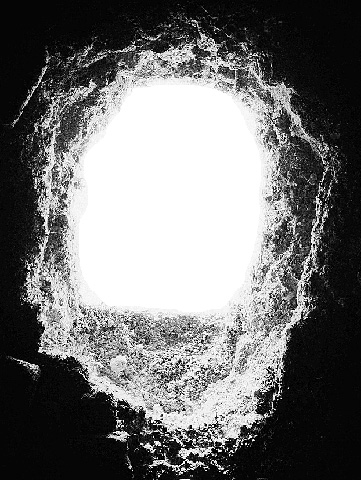For a beginning,
let me tell your Lordship a pretty thing which I saw coming down the Danuby,
though more remarkable for the application than for the theory.
I lay a night at Lintz, the metropolis of the higher Austria,
but then in very low estate, having been newly taken by the Duke of Bavaria,
who, blandiente fortuna, was gone on to the late effects.
There I found Kepler, a man famous in the sciences, as your Lordship knows,
to whom I purpose to convey from hence one of your books,
that he may see we have some of our own that can honour our King,
as well as he hath done with his Harmonica.
In this man's study I was much taken with the draft of a landscape
on a piece of paper,methought masterly done :
whereof inquiring the author, he bewrayed with a smile it was himself;
adding, he had done it non tanquam pictor, sed tanquam mathematicus.
α ©

He hath a little black tent (of what stuff is not much importing)
which he can suddenly set up where he will in a field, and it is convertible
(like a windmill) to all quarters at pleasure,
capable of not much more than one man, as I conceive,
and perhaps at no great ease ; exactly close and dark,
save at one hole, about an inch and a half in the diameter,
to which he applies a long perspective trunk, with a convex glass
fitted to the said hole, and the concave taken out at the other end,
which extendeth to about the middle of this erected tent,
through which the visible radiations of all the objects without are intromitted,
falling upon a paper, which is accommodated to receive them;
and so he traceth them with his pen in their natural appearance,
turning his little tent round by degrees,
till he hath designed the whole aspect of the field.
This I have described to your Lordship,
because I think there might be good use made of it for chorography:
for otherwise, to make landscapes by it were illiberal,
though surely no painter can do them so precisely.
God to bless your Lordship with long life and honour,
I humbly rest, Your Lordship's, etc.